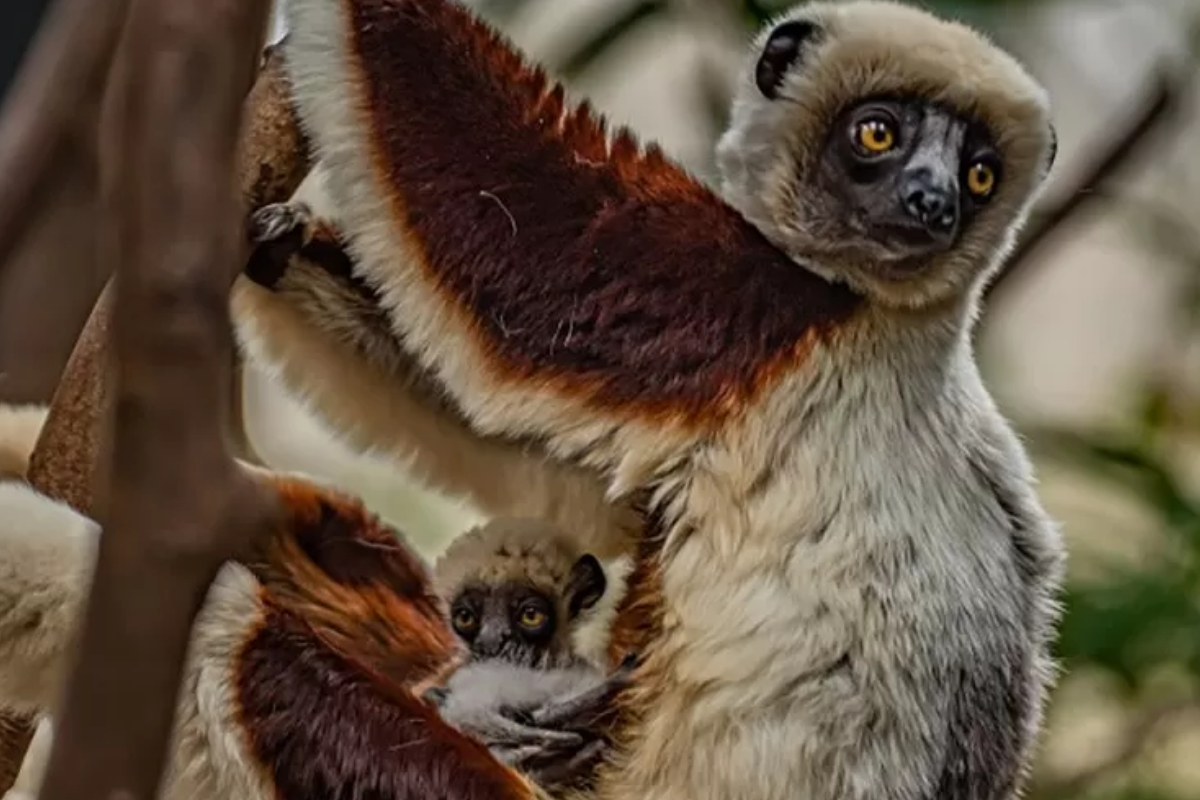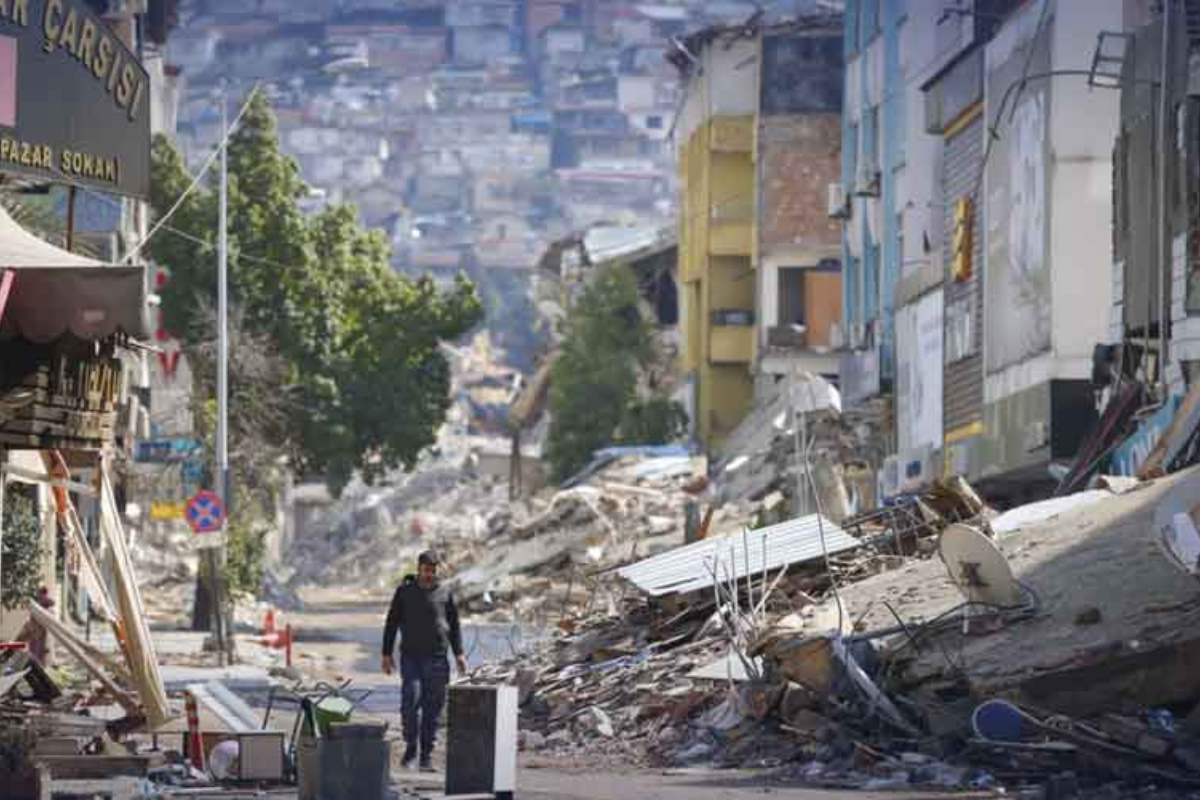- The Coquerel’s sifaka is only found in the wild in northwest Madagascar.
- The species had had an 80% reduction in the previous 30 years due to deforestation.
- Chester Zoo said the birth of the infant was a “landmark moment for the species”.
According to a zoo, a critically endangered monkey known as the dancing lemur was successfully bred for the first time in Europe.
The birth of the infant Coquerel’s sifaka was a “landmark moment for the species,” according to Chester Zoo.
A spokesman claimed that 18 months after Beatrice and Elliot were relocated from the US, their “wonderful small child” was delivered to them.
Mark Brayshaw, the curator of mammals, reported that the mother and fetus were “doing excellent.”
The species had had an 80% reduction in the previous 30 years due to massive deforestation, and it is only found in the wild in the treetops of northwest Madagascar.
Because they retain an upright stance while moving and spring side to side along the floor on their back legs, they can be distinguished from other lemurs.
[embedpost slug = “/hope-a-rare-tortoise-might-prevent-the-extinction-of-his-species/”]
The Coquerel’s sifaka family trio in Chester made up over half of the seven of these extremely endangered monkeys being cared for in Europe, according to the zoo official.
They estimated that the newborn, who weighed 4 oz (119 g), would initially cling to its mother’s abdomen for “for several weeks, before riding on her back like a backpack until around six months old.”
The little primate, which was born in December, would be identified by professionals as to its gender “once it starts to branch away and explore on its own,” they added.
Mr Brayshaw said it would not be long “until this bright-eyed baby will be bouncing between tree to tree just like its parents”.
Director of animals and plants at the zoo Mike Jordan called the birth “a real landmark moment for conservation.”
He said it had “kickstarted” the European breeding programme for the species which could be “the lifeboat that prevents them from becoming wiped out completely”.
[embedpost slug = “/second-masai-giraffe-is-born-this-year-at-seneca-park-zoo/”]






















